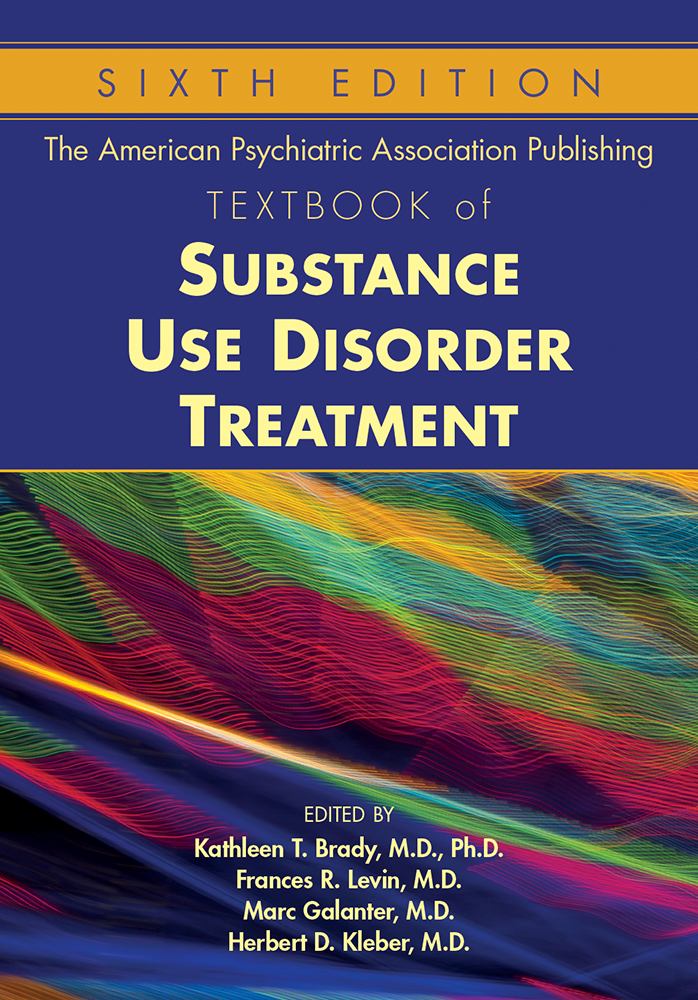Sections
Excerpt
In our ever-shrinking global village, the need for cross-cultural sensitivity and clinical competence increases along with the pace of our contact with other cultures, either through travel or via permanent resettlement. Clinical cultural competence is a lifelong journey. In this chapter, we identify the clinically relevant variables of culture and their implications for assessment and management of addictions. Most of the recent scientific literature in English addresses culture in the context of our modern multiethnic societies in the United States, Great Britain, Canada, and Australia. The definition of culture has shifted in the past several decades. Whereas the term culture has traditionally referred to an individual’s ethnicity or race, it has broadened to include such characteristics as a person’s sexual orientation. The concept of addictions has also changed. Specifically, the fifth edition of the Diagnostic and Statistical Manual of Mental Disorders (DSM-5; American Psychiatric Association 2013) now includes behavioral addictions (gambling disorder and Internet gaming disorder) alongside traditional substance addictions such as alcohol, cannabis, and cocaine. Although the focus of this chapter remains primarily on psychoactive substances, we include behavioral addictions (gambling, gaming) when possible due to their rising relevance in psychiatry and clinical psychology (see also Chapter 42 in this volume, “Behavioral Addictive Disorders”).
Access content
To read the fulltext, please use one of the options below to sign in or purchase access.- Personal login
- Institutional Login
- Sign in via OpenAthens
- Register for access
-
Please login/register if you wish to pair your device and check access availability.
Not a subscriber?
PsychiatryOnline subscription options offer access to the DSM-5 library, books, journals, CME, and patient resources. This all-in-one virtual library provides psychiatrists and mental health professionals with key resources for diagnosis, treatment, research, and professional development.
Need more help? PsychiatryOnline Customer Service may be reached by emailing [email protected] or by calling 800-368-5777 (in the U.S.) or 703-907-7322 (outside the U.S.).



